Exclusive research reveals the opportunities and challenges for a post-merger Morrisons. Simon Mowbray reports
According to the cynical age-old adage about number crunching, there are three types of lies - lies, damn lies and statistics. Maybe so, but The Grocer’s latest round of exclusive research, provided by market researcher HI Europe, should make welcome reading to Morrisons’ bosses.
For it shows that where consumers in many parts of the country were once walking around asking ‘Morri-who?’, the northern chain’s much-publicised takeover of Safeway appears to have already propelled it to the heights of a truly national brand. And that’s before the ink has even dried on the completion contract.
A sweep of the statistics, provided by HI’s survey of more than 4,500 shoppers, shows that Morrisons is perceived as a stronger supermarket fascia than Safeway, although the latter’s share of negative press as the takeover target may have taken its toll.
Even so, the figures suggest it is just as well that Safeway’s stores are about to get a radical lick of the Morrisons black and yellow livery, and not the other way round, because most respondents appear to have lost their appetite for the former, even though there is general lethargy about supporting one particular supermarket over another (‘location, location, location’ remains the mantra for most shoppers). Almost a third of those questioned favoured the changeover. By contrast, only 7% wished Morrisons stores would turn into Safeways.
The reason, says Teather & Greenwood retail analyst David Stoddart, is that Safeway has failed for too long to win customers’ affections, even where there has been no rival to offer them a choice.
“Safeway has got where it is because of location and not because of its offer,” says Stoddart. “At the end of the day, people usually shop wherever is nearest.”
This, he says, will not only provide Morrisons with the opportunity to put down firm roots in areas free of any real competition, but also give it the chance to win over a loyal army of shoppers.
“Morrisons will be going into plenty of new areas,” says Stoddart, “and it will have a chance to shine. One of the reasons for Morrisons’ success up to now is that it has a simple model, which includes across-the-board pricing. It also has the best availability and consumers do notice that.”
Nick Cloke, director of marketing consultancy Catalyst, adds: “The figures certainly suggest Morrisons has nothing to fear from the changeover. But what is surprising is that a breakdown of the figures shows that even half of respondents in the north west - Morrisons’ heartland - are not bothered about its brand.
“That reflects a lethargy among consumers about these things generally and shows the real challenge Morrisons will find in its brave new world.”
Indeed, dig deeper into the statistical breakdowns and you’ll find Morrisons faces some interesting challenges. For example, a higher percentage of older consumers (25%) think the Morrisons brand has more street cred than Safeway, while 41% of younger consumers, aged between 16 and 24, believe the Safeway brand is stronger. The challenge here, says Stoddart, is that today’s young consumers will be tomorrow’s pensioners - and they often take their shopping trends with them.
There also remains a question mark over Morrisons’ ability to win over cash rich/time poor Middle England. Safeway is the stronger brand for ABC1 and AB consumers.
Morrisons also fares poorly in the top-up shopping stakes (see table) and, according to the survey, Safeway didn’t do brilliantly either outside its Scotland and southern England heartlands. Given the speed at which the grocery market is heading towards convenience, this raises concerns over Morrisons’ ability to compete with the big boys across the board.
One weapon, says Stoddart, would be to keep Safeway’s successful city stores under their familiar fascia, something over which Morrisons still appears to be undecided. “Some Safeway stores, such as the store in Wimbledon, do look fantastic,” says Stoddart, “and that could leave Morrisons with a dilemma. In certain areas, the Safeway brand is sufficiently strong to stay.” However, he acknowledges that own label sourcing and branding could prove awkward.
Meanwhile, Catalyst’s Cloke is adamant HI Europe’s research shows plenty of evidence to support the case for putting Safeway out of its misery once and for all: “These figures show Morrisons would be right to get rid of the Safeway name. After everything that has happened, it no longer has any equity.”
According to the cynical age-old adage about number crunching, there are three types of lies - lies, damn lies and statistics. Maybe so, but The Grocer’s latest round of exclusive research, provided by market researcher HI Europe, should make welcome reading to Morrisons’ bosses.
For it shows that where consumers in many parts of the country were once walking around asking ‘Morri-who?’, the northern chain’s much-publicised takeover of Safeway appears to have already propelled it to the heights of a truly national brand. And that’s before the ink has even dried on the completion contract.
A sweep of the statistics, provided by HI’s survey of more than 4,500 shoppers, shows that Morrisons is perceived as a stronger supermarket fascia than Safeway, although the latter’s share of negative press as the takeover target may have taken its toll.
Even so, the figures suggest it is just as well that Safeway’s stores are about to get a radical lick of the Morrisons black and yellow livery, and not the other way round, because most respondents appear to have lost their appetite for the former, even though there is general lethargy about supporting one particular supermarket over another (‘location, location, location’ remains the mantra for most shoppers). Almost a third of those questioned favoured the changeover. By contrast, only 7% wished Morrisons stores would turn into Safeways.
The reason, says Teather & Greenwood retail analyst David Stoddart, is that Safeway has failed for too long to win customers’ affections, even where there has been no rival to offer them a choice.
“Safeway has got where it is because of location and not because of its offer,” says Stoddart. “At the end of the day, people usually shop wherever is nearest.”
This, he says, will not only provide Morrisons with the opportunity to put down firm roots in areas free of any real competition, but also give it the chance to win over a loyal army of shoppers.
“Morrisons will be going into plenty of new areas,” says Stoddart, “and it will have a chance to shine. One of the reasons for Morrisons’ success up to now is that it has a simple model, which includes across-the-board pricing. It also has the best availability and consumers do notice that.”
Nick Cloke, director of marketing consultancy Catalyst, adds: “The figures certainly suggest Morrisons has nothing to fear from the changeover. But what is surprising is that a breakdown of the figures shows that even half of respondents in the north west - Morrisons’ heartland - are not bothered about its brand.
“That reflects a lethargy among consumers about these things generally and shows the real challenge Morrisons will find in its brave new world.”
Indeed, dig deeper into the statistical breakdowns and you’ll find Morrisons faces some interesting challenges. For example, a higher percentage of older consumers (25%) think the Morrisons brand has more street cred than Safeway, while 41% of younger consumers, aged between 16 and 24, believe the Safeway brand is stronger. The challenge here, says Stoddart, is that today’s young consumers will be tomorrow’s pensioners - and they often take their shopping trends with them.
There also remains a question mark over Morrisons’ ability to win over cash rich/time poor Middle England. Safeway is the stronger brand for ABC1 and AB consumers.
Morrisons also fares poorly in the top-up shopping stakes (see table) and, according to the survey, Safeway didn’t do brilliantly either outside its Scotland and southern England heartlands. Given the speed at which the grocery market is heading towards convenience, this raises concerns over Morrisons’ ability to compete with the big boys across the board.
One weapon, says Stoddart, would be to keep Safeway’s successful city stores under their familiar fascia, something over which Morrisons still appears to be undecided. “Some Safeway stores, such as the store in Wimbledon, do look fantastic,” says Stoddart, “and that could leave Morrisons with a dilemma. In certain areas, the Safeway brand is sufficiently strong to stay.” However, he acknowledges that own label sourcing and branding could prove awkward.
Meanwhile, Catalyst’s Cloke is adamant HI Europe’s research shows plenty of evidence to support the case for putting Safeway out of its misery once and for all: “These figures show Morrisons would be right to get rid of the Safeway name. After everything that has happened, it no longer has any equity.”



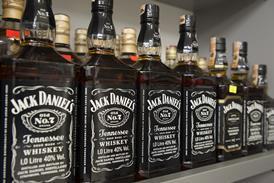
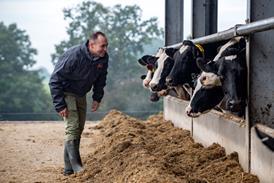



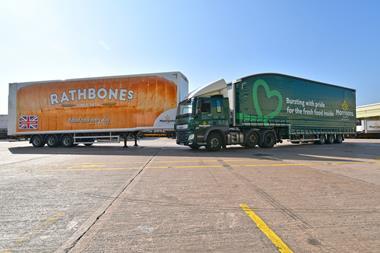
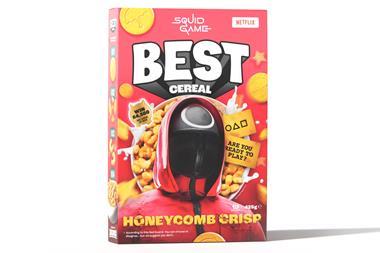
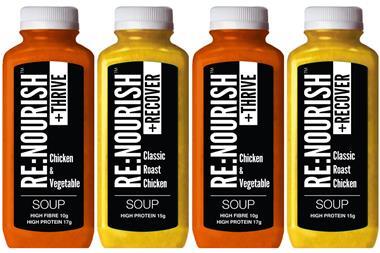
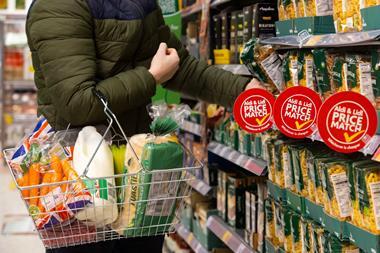
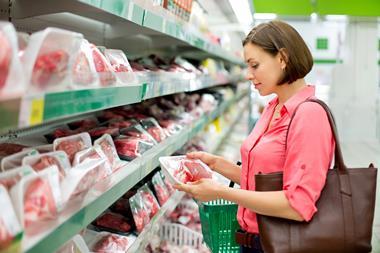


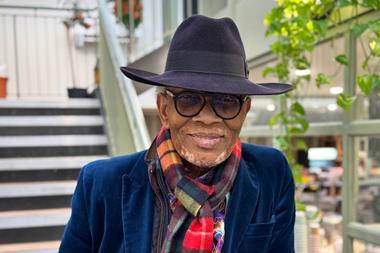

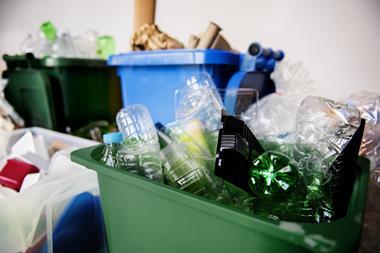
No comments yet